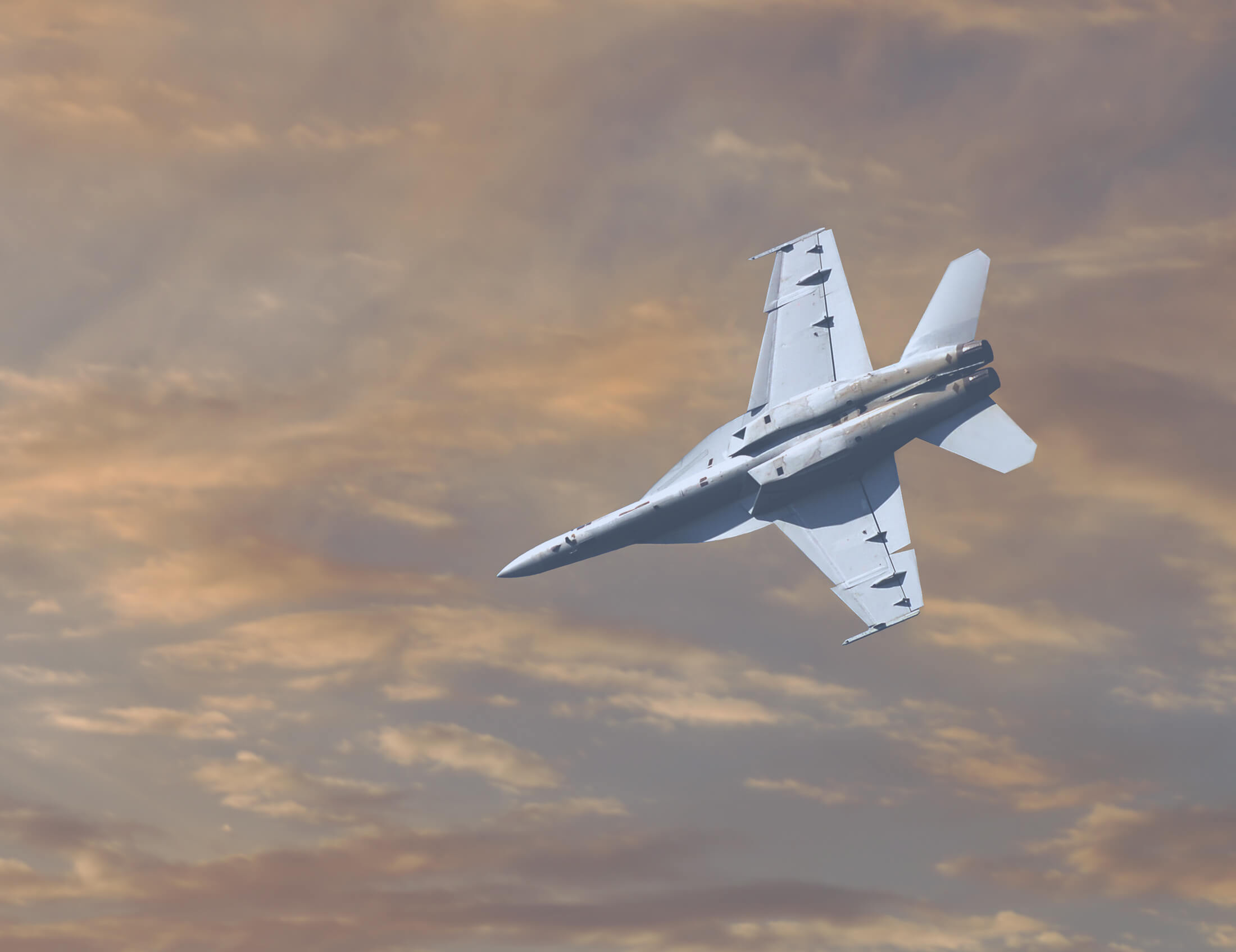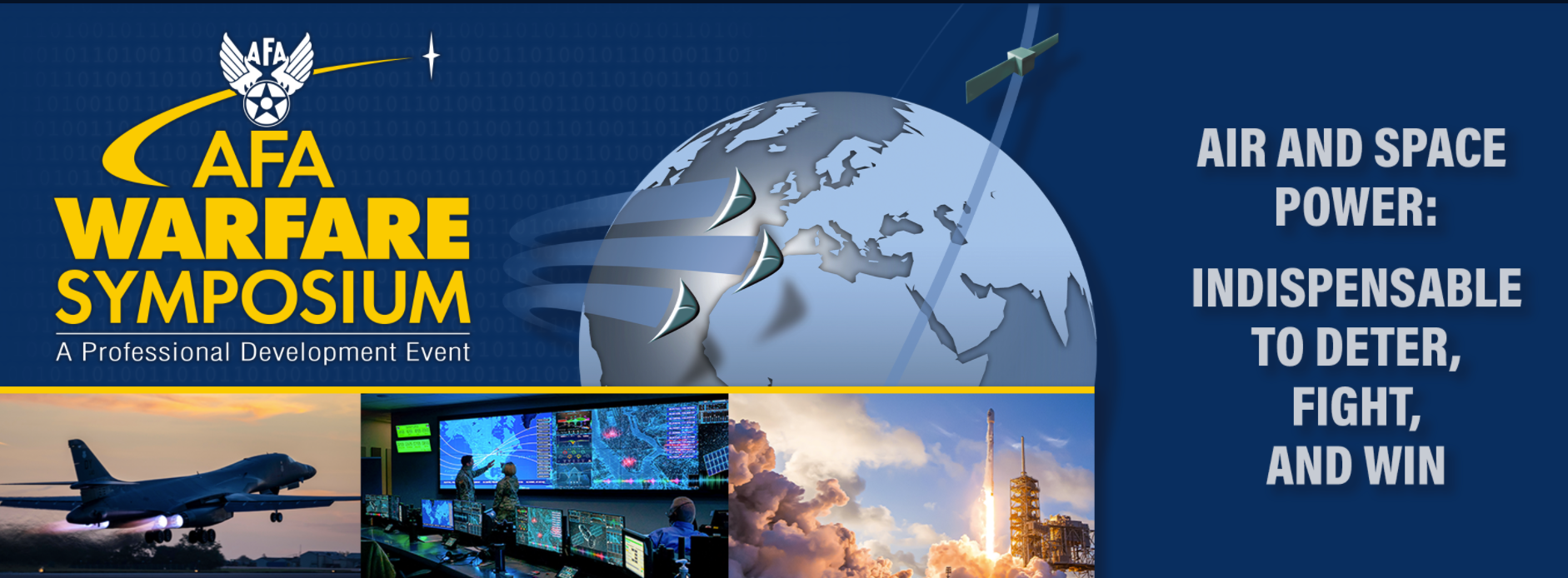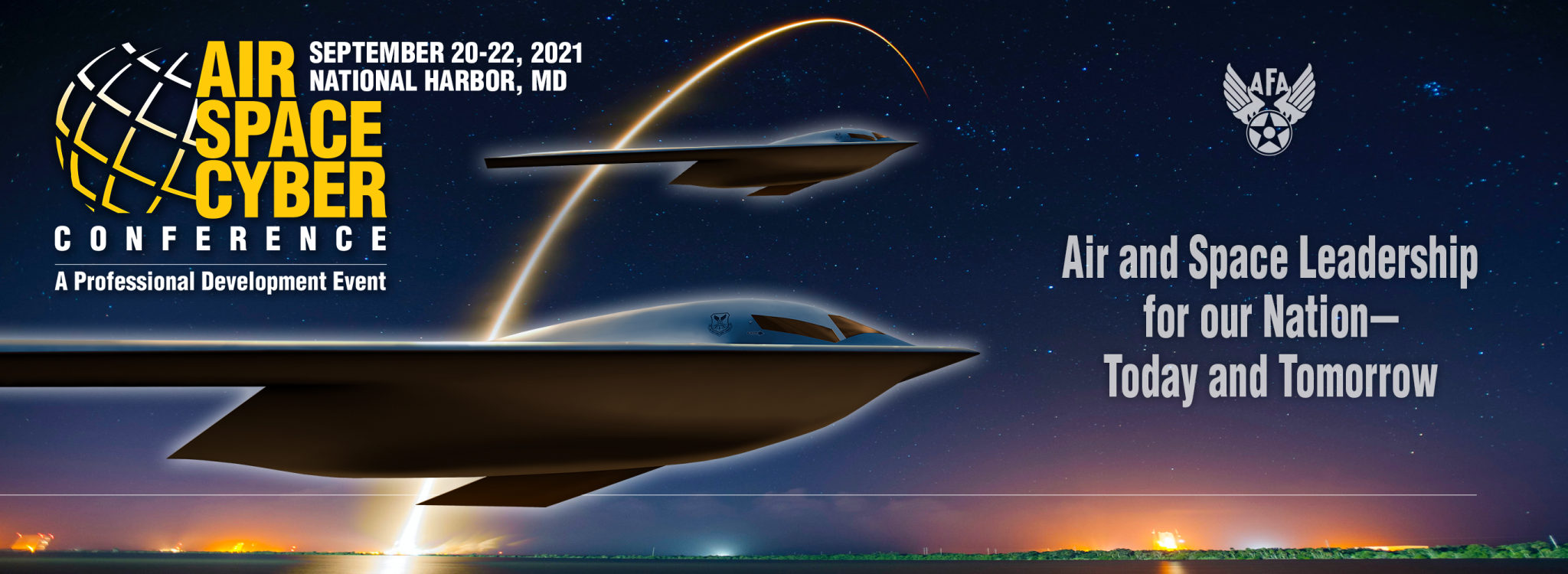BGI, along with 3 other contractors, have each been awarded a firm-fixed-price, indefinite-delivery, indefinite-quantity contract for an estimated aggregate ceiling of $90,000,000, with the companies having an opportunity to compete for individual orders in support of the Naval Air Warfare Center Training Systems Division.
These contracts provide for pilot and aircrew curriculum revision and maintenance support, including revision, update and maintenance of curriculum to ensure currency and accuracy of content in support of flight training, education and training services for the Navy, Marine Corps, and Foreign Military Sales customers.
Additionally, these contracts provide for the development of new lessons for curriculum that results from major Naval Air Training and Operating Procedures Standardization and Operational Flight Program upgrades to naval aircraft type/model/series in support of fleet replacement squadrons, fleet readiness centers, fleet replacement detachments, and aircraft weapons and tactics schools.
Work will be performed at the contractor’s locations and Navy and Marine Corps installations within the continental U.S., and is expected to be completed in April 2026. No funds are being obligated at time of award; funds will be obligated on individual orders as they are issued. These contracts were competitively procured via a small business set aside, eight offers from eight vendors were received. The Naval Air Warfare Center Training Systems Division, Orlando, Florida, is the contracting activity.
Other awardees include A. Harold and Associates LLC, Carley Corp. and Crew Training International Inc.



 BGI will attend the Air Force Association’s (AFA) Air, Space & Cyber Conference as a live, in-person event Sept. 20-22 at the Gaylord National Resort in National Harbor, Md.
BGI will attend the Air Force Association’s (AFA) Air, Space & Cyber Conference as a live, in-person event Sept. 20-22 at the Gaylord National Resort in National Harbor, Md.